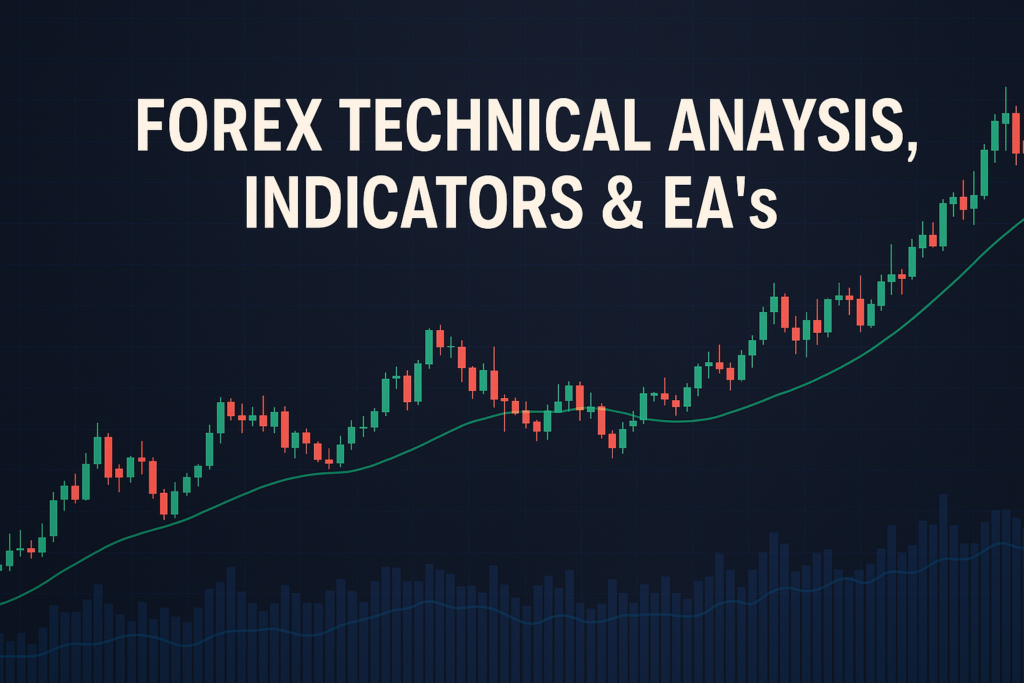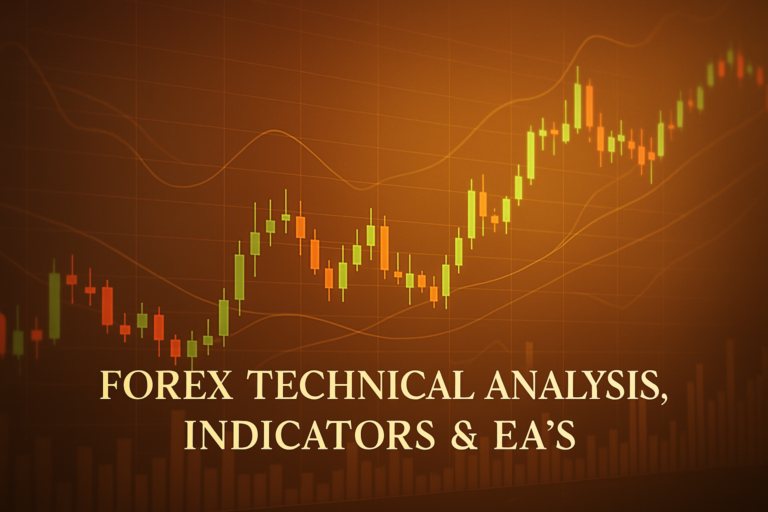
The 200 day moving average gold is a vital tool for traders to identify trends and make informed decisions in Forex trading.
The 200 day moving average gold is an essential tool in Forex trading. It helps traders understand price trends over a long period, allowing them to make better trading decisions. By analyzing gold prices over the past 200 days, traders can spot potential buy or sell signals. This is especially important in the volatile world of Forex, where decisions need to be made quickly.
However, both beginners and professional traders often struggle to master the 200 day moving average gold. Some may find it confusing, while others may not know how to apply it effectively to their trading strategies. Understanding how to use this indicator is crucial for achieving success in Forex trading. This article will guide you through the importance of the 200 day moving average gold, its history, advantages and disadvantages, and how to apply it in your trading journey.
We will also provide insights into bid and ask prices, which are fundamental concepts in Forex trading. For more information, check out this article on bid and ask.
What is a 200 Day Moving Average Gold?
What is a 200 day moving average gold?
The 200 day moving average gold is a line on a price chart that shows the average price of gold over the last 200 days. Imagine you are looking at a 200-day diary of gold prices. Each day, you write down the price, and at the end of 200 days, you calculate the average. This average helps traders see the overall direction of gold prices, whether they are going up or down.
Types of 200 day moving average gold
There are different types of moving averages, including:
- Simple Moving Average (SMA): This is the most basic type. It simply adds up the last 200 days of prices and divides by 200.
- Exponential Moving Average (EMA): This type gives more weight to recent prices, making it more responsive to price changes.
- Weighted Moving Average: Similar to EMA, but with a different weighting system based on chosen criteria.
How 200 day moving average gold smooths out price action
The 200 day moving average gold smooths out the price action by filtering out daily fluctuations. This means that instead of seeing sharp price spikes, traders can better observe the overall trend. For example, if gold prices drop suddenly one day but rise the next, the moving average will show a more stable trend.
Common periods used and why
While the 200 day moving average is popular, traders also use other periods, like the 50 day and 100 day moving averages. Shorter periods react faster to price changes, while longer periods, like 200 days, provide a more stable view of the market. The choice of period depends on the trader’s strategy and goals.
The History of 200 Day Moving Average Gold: How It Became Popular
Origin of 200 day moving average gold
The concept of moving averages dates back to the 1900s. Analysts started using these averages to make sense of price movements in various markets, including gold. They realized that smooth trends could help them make better decisions.
When did traders start using it widely?
As technology advanced in the late 20th century, traders began to use moving averages more frequently. With the introduction of charting software, the 200 day moving average gold became a popular tool for both beginners and seasoned traders.
Real-life stories
Many professional traders have shared stories about how they used the 200 day moving average gold to find success. For instance, a trader once spotted a bullish trend using the 200-day average, leading to significant profits. These stories inspire aspiring traders to trust in this valuable tool.
Advantages and Disadvantages of 200 Day Moving Average Gold
Advantages:
- Helps identify trends easily: The 200 day moving average gold provides a clear view of whether the trend is upward or downward.
- Useful for dynamic support and resistance: It acts as a support level when prices are above it and a resistance level when prices are below.
- Works well for crossover strategies: Traders can use it with other moving averages to identify potential buy or sell signals.
Disadvantages:
- lags behind price movements: Since it calculates the average over a long period, it may not react quickly to sudden price changes.
- Can give false signals in sideways markets: In times of low volatility, the moving average may mislead traders into thinking a trend is emerging.
How to Apply 200 Day Moving Average Gold on MT4 & MT5
Step-by-step guide to adding 200 day moving average gold on charts
To add the 200 day moving average gold to your MT4 or MT5 chart, follow these steps:
- Open your trading platform and select the gold chart you want to analyze.
- Go to the “Insert” menu and click on “Indicators.”
- Select “Trend” and then “Moving Average.”
- Set the period to 200 and choose the type of moving average you prefer.
- Click “OK” to add it to your chart.
Customizing 200 day moving average gold settings
You can customize the appearance of the 200 day moving average gold by adjusting colors and styles. For example, you might want to use a bright color that stands out against your chart background. This way, it will be easier to see and follow the trend.
Saving templates for easy application
If you frequently use the 200 day moving average gold, consider saving your chart settings as a template. This allows you to apply the same settings quickly on different charts, saving you time.
5 to 7 Trading Strategies Using Only 200 Day Moving Average Gold
All Time Frame Strategy (M5 to D1)
This strategy can be used on any time frame, from M5 to D1. Traders look for price actions crossing the 200 day moving average gold. If the price crosses above, it’s a signal to buy; if it crosses below, it’s a signal to sell.
Trending Strategies
In trending markets, traders can use the 200 day moving average gold to identify strong trends. Buy when the price is above the moving average and sell when it’s below. For example, if gold is consistently above the 200 day moving average, it suggests a strong bullish trend.
Counter Trade Strategies
In a sideways market, traders can look for counter-trend opportunities. If the price touches the 200 day moving average gold and bounces back, it might be a good point to sell. This approach requires careful analysis to avoid false signals.
Swing Trades Strategies
For swing trading, traders can wait for the price to pull back to the 200 day moving average gold. If it holds and starts to rise again, it’s a potential buy opportunity. This strategy aims to capture medium-term price movements.
5 to 7 Trading Strategies Combining 200 Day Moving Average Gold with Other Indicators
All Time Frame Strategy (M5 to D1)
This strategy can be enhanced by combining the 200 day moving average gold with the RSI (Relative Strength Index). When the price crosses the moving average and the RSI indicates oversold conditions, it’s a strong buy signal.
Trending Strategies
Using the 200 day moving average gold along with the MACD (Moving Average Convergence Divergence) can strengthen trend confirmation. If both the price is above the moving average and the MACD shows bullish momentum, it reinforces the buy signal.
Counter Trade Strategies
Combining the 200 day moving average gold with Bollinger Bands can help identify counter-trend opportunities. If the price hits the upper band and starts moving down while below the moving average, it’s a potential sell signal.
Swing Trades Strategies
For swing trades, using the 200 day moving average gold with Fibonacci retracement levels can provide entry points. If the price retraces to the 200 day moving average and aligns with a Fibonacci level, it strengthens the buy signal.
For further insights, don’t miss our AUDUSD analysis april-11-2025.
Top 10 FAQs About 200 Day Moving Average Gold
1. What is the significance of the 200 day moving average gold?
The 200 day moving average gold is significant because it provides a long-term view of price trends, helping traders make informed decisions.
2. How do I interpret the 200 day moving average gold?
If the price is above the 200 day moving average, it indicates an uptrend, while if it’s below, it signals a downtrend.
3. Can I use the 200 day moving average gold on different currencies?
Yes, while this article focuses on gold, the 200 day moving average can be applied to any currency pair in Forex.
4. How often should I check the 200 day moving average gold?
Traders typically check it daily, but it can also be monitored on shorter time frames for quicker insights.
5. Can the 200 day moving average gold be used alone?
Yes, but combining it with other indicators can enhance its effectiveness and provide more reliable signals.
6. What are the best settings for the 200 day moving average gold?
The standard setting is 200 days, but you can experiment with shorter periods based on your trading style.
7. Is the 200 day moving average gold suitable for all trading styles?
It is more suitable for long-term traders, but can be adapted for short-term strategies as well.
8. How can I avoid false signals from the 200 day moving average gold?
Using additional indicators and confirming trends with price action can help minimize false signals.
9. Does the 200 day moving average gold work in all market conditions?
It works best in trending markets and may produce false signals in sideways or volatile markets.
10. How can I improve my trading with the 200 day moving average gold?
Practice using it in demo accounts, backtest strategies, and continuously learn to refine your approach.
Conclusion
The 200 day moving average gold is a powerful tool that can help traders navigate the complex world of Forex. By understanding how it works and applying it effectively, you can identify trends, make informed decisions, and improve your trading strategies.
Remember to test different strategies and adjust your approach based on your observations. Trading is a journey, and the more you practice, the more confident you will become. Happy trading!
Stay ahead of the game by reading expert-backed advice on this topic Zacks, NerdWallet
Expand Your Knowledge
- 📌 Forex Trading Learning Road Map
- 📌 Forex Trading Course with no Fees
- 📌 Forex Trading Issues, Problems, and Solutions
- 📌 Forex Daily Forecast & Live Updates
- 📌 Forex Fundamental & News Analysis: Tomorrow’s Market Movers & Trade Opportunities
- 📌 Forex Education Hub: Learn & Profit
- 📌 Forex Technical Analysis, Indicators & EA’s
Start Trading Today
Ready to take your forex trading to the next level? Open an account with Exness, one of the most trusted platforms in the industry. 👉 Sign Up Now and trade with confidence!
My recommended broker stands out with ultra-low spreads for beginners, instant withdrawals, and zero spread accounts for pro traders.
Trusted since 2008, lightning-fast execution, no hidden fees, and a secure, transparent trading environment—giving you the edge you need to succeed. 🚀
Watch this helpful video to better understand 200 day moving average gold:
Note: The video above is embedded from YouTube and is the property of its original creator. We do not own or take responsibility for the content or opinions expressed in the video.
In this video, the presenter reveals a highly effective strategy for trading with the moving average indicator, specifically focusing on the moving average crossover technique. While this strategy is popular and simple, many traders make significant mistakes that lead to poor outcomes. One major error is jumping into trades immediately when the faster moving average crosses above or below the slower one. This method can be detrimental, particularly in a ranging market, where false signals can lead to rapid account depletion. Additionally, traders often complicate their strategy by using too many moving averages, which can delay entry signals. The video emphasizes that traders should stick to using two moving averages, like the 20-period and 50-period, and focus on higher time frames, such as the daily or hourly charts, to improve their chances of success.
The presenter recommends a more systematic approach: first, identify markets that have historically responded well to moving average crossovers. By analyzing past price movements in relation to the crossover signals, traders can gain confidence in their decisions. For example, if a market consistently follows the crossover signals, it may be a good candidate for trading. Once the right market is identified, traders can then enter buy or sell positions based on the crossover signals. For better exit strategies, the video suggests utilizing an exit indicator like the ATR trailing stop loss, which can provide more favorable exit points than relying solely on another crossover signal. Moreover, the presenter discusses using moving averages as support and resistance levels in conjunction with other indicators like the Stochastics to further enhance trading decisions. This comprehensive strategy can potentially lead to higher win rates and better overall trading performance.
If you’re facing challenges with your trades, you might also want to check out our post on Pending Orders Not Executing. This guide covers essential steps to troubleshoot and resolve issues that can arise with pending orders in Forex trading, ensuring that your trading strategy runs smoothly.



